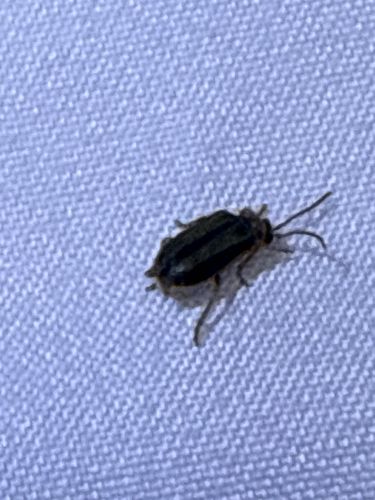Firefly or Lightning Bug
Scientific Name: Lampyridae (family)
Order & Family: Order: Coleoptera, Family: Lampyridae
Size: Typically 5mm to 20mm (0.2 to 0.8 inches) in length

Natural Habitat
Typically found in moist, humid environments such as forests, fields, meadows, and wetlands. They are often near water sources.
Diet & Feeding
Larvae are predatory, feeding on snails, slugs, worms, and other small invertebrates. Adult fireflies of some species are also predatory, while others consume nectar, pollen, or sometimes nothing at all.
Behavior Patterns
Larvae are active predators, often found under bark or stones. Adults are active fliers, typically nocturnal, and attracted to lights. They are known for their bioluminescence, used for mate attraction; females will flash specific patterns to attract males. Some species are flightless as adults.
Risks & Benefits
Generally beneficial as larvae prey on slugs and snails, which can be garden pests. Adult fireflies are not harmful to humans. The only potential risk is if pets ingest a large number of fireflies, as they contain lucibufagins, which are steroidal pyrones that can be toxic. Benefits include their role as bioindicators of healthy ecosystems and their cultural significance.
Identified on: 8/28/2025